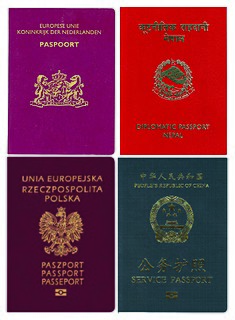
A passport is a travel document, usually issued by a country's government to its citizens, that certifies the identity and nationality of its holder primarily for the purpose of international travel. Standard passports may contain information such as the holder's name, place and date of birth, photograph, signature, and other relevant identifying information.
An internal passport is an identity document. Uses for internal passports have included restricting citizens of a subdivided state to employment in their own area, clearly recording the ethnicity of citizens to enforce segregation or prevent passing, and controlling access to sensitive sites or closed cities.

The Nordic Passport Union allows citizens of the Nordic countries – Iceland, Denmark, Norway, Sweden, and Finland – to travel and reside in another Nordic country without any travel documentation or a residence permit. Since 25 March 2001, all five states have also been within the Schengen Area. The Faroe Islands are part of the Nordic Passport Union but not the Schengen Area, while Greenland and Svalbard are outside both. However, Greenland has an open border with all Nordic countries, and allows Nordic citizens to enter, settle and work without requiring a passport or permits. Svalbard allows Nordic citizens to settle and work without permits, as a result of the Svalbard Treaty, however valid travel documentation is required to enter Svalbard. Norwegian citizens may use other documents such as a Norwegian driving licence until 31 December 2021. Furthermore, as citizens of a Nordic country, those from Svalbard and Greenland are permitted to reside in any other Nordic country.

The Republic of China passport is the passport issued to nationals of the Republic of China (ROC), commonly known as Taiwan. The ROC passport is also generally referred as a Taiwan passport.

A French passport is an identity document issued to French citizens. Besides enabling the bearer to travel internationally and serving as indication of French citizenship, the passport facilitates the process of securing assistance from French consular officials abroad or other European Union member states in case a French consular is absent, if needed.
A travel document is an identity document issued by a government or international treaty organization to facilitate the movement of individuals or small groups of people across international boundaries, following international agreements. Travel documents usually assure other governments that the bearer may return to the issuing country, and are often issued in booklet form to allow other governments to place visas as well as entry and exit stamps into them. The most common travel document is a passport, which usually gives the bearer more privileges like visa-free access to certain countries. However, the term is sometimes used only for those documents which do not bear proof of nationality, such as a refugee travel document.

Serbian passports are issued to Serbian citizens at any age, and it is the primary document of international travel issued by Serbia.
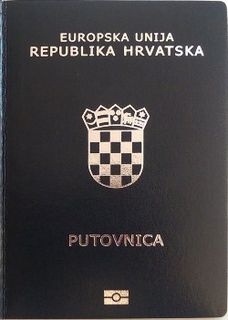
Croatian passport is issued to citizens of the Republic of Croatia for the purpose of international travel. The passport has the purpose of serving as proof of Croatian citizenship and identity. Responsibility for their issuance lies with the Ministry of the Interior; and for citizens abroad, passports are issued by the local embassy or consulate. Croatian passports are valid for ten or five years, and are not renewable. Every Croatian citizen is also a citizen of the European Union. The passport, along with the national identity card allows for free rights of movement and residence in any of the states of the European Economic Area and Switzerland.
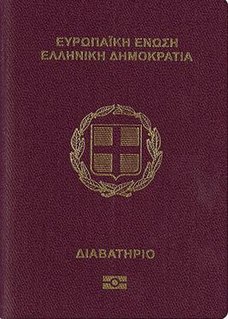
Greek passports are issued exclusively to Greek citizens for the purpose of international travel. Biometric passports have been issued since 26 August 2006, with old-style passports being declared invalid as of 1 January 2007. Since June 2009, the passport's RFID chip includes two index fingerprints as well as a high-resolution JPEG image of the passport holder. Every Greek citizen is also a citizen of the European Union. The passport, along with the national identity card allows for free rights of movement and residence in any of the states of the European Union, European Economic Area, and Switzerland.
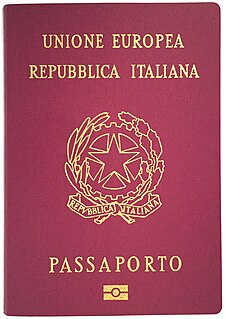
Italian passports are issued to Italian citizens for the purpose of international travel. Biometric passports have been available since 26 October 2006, are valid for 10, 5 or 3 years. Every Italian citizen is also a citizen of the European Union. The passport, along with the national identity card allows for free rights of movement and residence in any of the states of the European Union, European Economic Area as well as Switzerland.

Danish passports are issued to citizens of the Kingdom of Denmark to facilitate international travel. Besides serving as proof of Danish citizenship, they facilitate the process of securing assistance from Danish consular officials abroad.

Dutch passports are issued to citizens of the Kingdom of the Netherlands for the purpose of international travel. As the Netherlands only distinguish one category of citizen, for all countries in the Kingdom, passports are the same for all four countries. The passport also serves as a means of identification as required by the Dutch law since 1 January 2005 for all persons over the age of fourteen. Dutch passports are valid for a period of ten years from issuing date. The passport complies with the rules for European Union passports. Since 26 August 2006 all passports are issued as a biometric passport with an embedded contactless smartcard RFID chip for storing biometric data. Every Dutch citizen is also a citizen of the European Union. The nationality allows for free rights of movement and residence in any of the states of the European Union, European Economic Area, and Switzerland.

The European Union itself does not issue ordinary passports, but ordinary passport booklets issued by its 27 member states share a common format. This common format features a coloured cover emblazoned—in the official language(s) of the issuing country —with the title "European Union", followed by the name(s) of the member state, the heraldic "Arms" of the State concerned, the word "PASSPORT", together with the biometric passport symbol at the bottom centre of the front cover.

Slovenian passports are issued to citizens of Slovenia to facilitate international travel. Every Slovenian citizen is also a citizen of the European Union. The passport, along with the national identity card allows for free rights of movement and residence in any of the states of the European Union, European Economic Area and Switzerland.
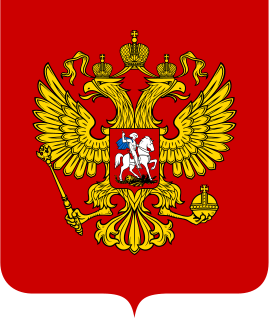
The visa policy of Russia deals with the requirements which a foreign national wishing to enter the Russian Federation must meet to obtain a visa, which is a permit to travel to, enter, and remain in the country. Visa exemptions are based on bilateral or multilateral agreements. Russia has agreements with scores of countries whose citizens are either exempt from visas or can apply for a visa online (e-visa). Citizens of countries without such an agreement with Russia must obtain a visa in advance from a Russian diplomatic mission or visa centre.
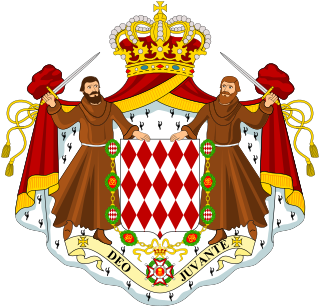
Monaco does not have a visa policy of its own and the Schengen Visa policy applies. Although Monaco is not part of the European Union, or the Schengen Agreement, its territory is part of the Schengen Area by virtue of its customs Union with France as a result of the "Convention on Good Neighbourly Relations of 18 May 1963 on the entry, stay and establishment of foreigners in Monaco" between France and Monaco. The 1963 convention was adapted to allow Monaco to be administered within the Schengen Area as if it were part of France.

San Marino is not a member of the European Union or European Economic Area. However, it maintains an open border with Italy. Since San Marino is only accessible via Italy entrance is not possible without entering the Schengen Area first and therefore Schengen visa rules apply de facto. Foreign visitors staying more than 10 days in San Marino must have a permit from the government.
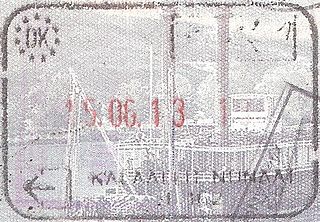
The visa policy of Greenland covers the types and issuance of visas of Greenland.
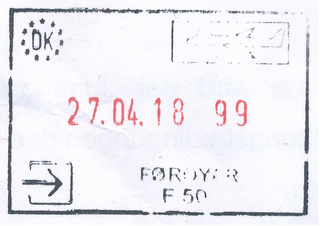
The Faroe Islands is part of the Kingdom of Denmark but not of the Schengen Area, and Schengen visa or resident permits issued by Schengen area countries are not valid for visiting the Faroe Islands. However, the territory maintains an open border with the Schengen Area, and so arrivals from the Schengen Area are not subject to border checks. The Faroe Islands are part of the Nordic Passport Union allowing citizens of the Nordic countries to travel and reside in another Nordic country without any travel documentation or residence permits.

Passports of the EFTA member states are passports issued by the European Free Trade Association (EFTA) member states Iceland, Liechtenstein, Norway and Switzerland. EFTA is in this article used as a common name for these countries.